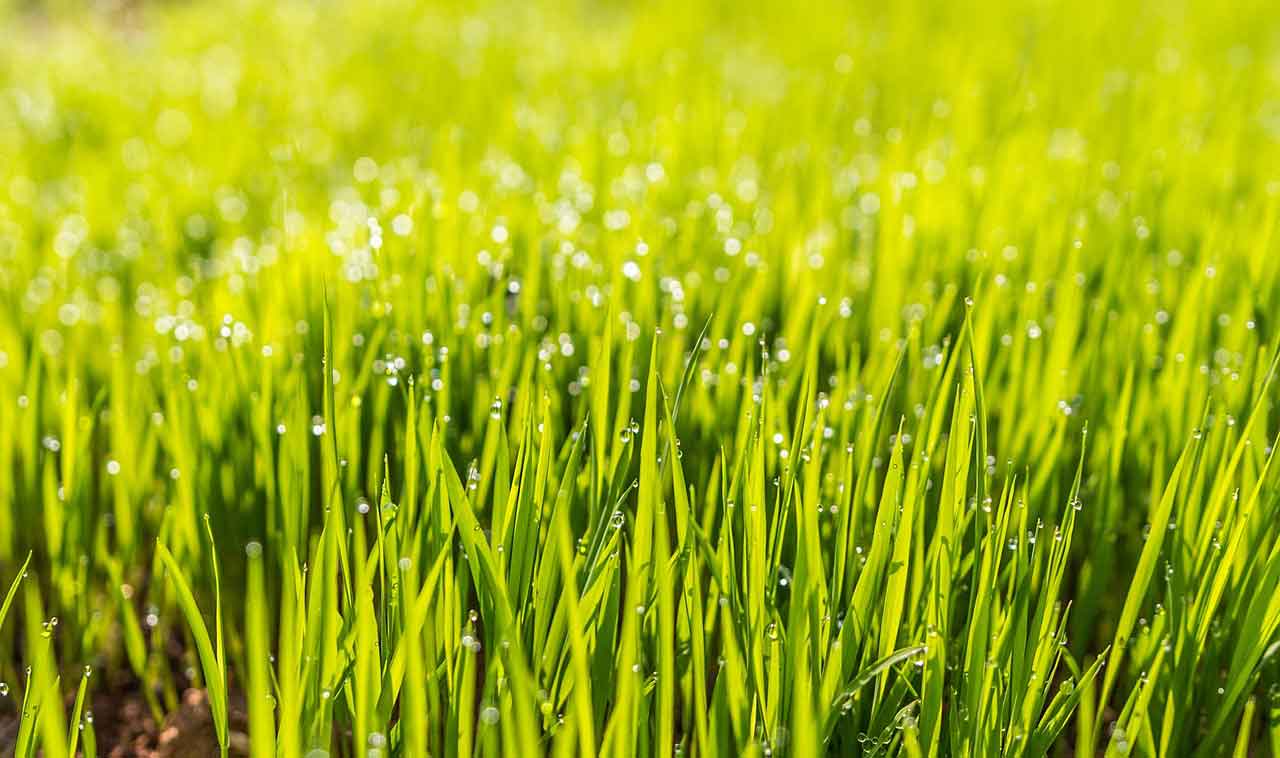
Healthy Lawn Care: Fertilizing and Organic Treatments Leave a comment
Ah, the lush green lawn – a symbol of pride for many homeowners. But achieving and maintaining that picturesque lawn isn’t just about regular watering and mowing. It’s about understanding the soil, the grass, and the environment. And for those of us who are environmentally conscious, it’s also about doing so in a way that’s sustainable and chemical-free. Let’s dive into the world of healthy lawn care, focusing on fertilizing and organic treatments.
1. Understand Your Soil
Before you start any lawn care regimen, it’s essential to know what you’re working with. A simple soil test can reveal the pH level, nutrient deficiencies, and type of soil you have. This information is crucial because it determines what kind of organic treatments and fertilizers will work best for your lawn. You can test easily with this automatic pH meter.

2. Organic Fertilizers: Feed the Soil, Not Just the Grass
Traditional synthetic fertilizers might give your lawn a quick green-up, but they often neglect the health of the soil. Organic fertilizers, on the other hand, nourish the soil and the grass. They release nutrients slowly, reducing the risk of nutrient burn, and they improve soil structure over time.
Some popular organic fertilizers include:
- Compost: Rich in nutrients, compost can be spread thinly over the lawn to provide a slow-release source of nutrients.
- Animal Manures: Like cow or chicken manure, they’re aged or composted before use to avoid burning the grass.

3. Organic Treatments for Pest and Disease Control
Pesticides and herbicides can harm beneficial insects, contaminate groundwater, and pose health risks to pets and humans. Thankfully, there are organic alternatives:
- Neem Oil: A natural pesticide that disrupts the life cycle of pests without harming beneficial insects like bees.
- Diatomaceous Earth: A natural insect killer that’s safe for pets and humans. It works by dehydrating insects that come into contact with it.

- Corn Gluten Meal: An organic pre-emergent herbicide that prevents weed seeds from germinating.
4. Mowing and Watering: The Basics
Even with the best fertilizers and treatments, proper mowing and watering practices are essential:
- Mow High: Taller grass shades the soil, reducing water evaporation and weed growth. Aim for a height of about 3 inches.
- Water Deeply and Infrequently: Instead of frequent shallow watering, give your lawn a deep soak once or twice a week. This encourages deep root growth, making your lawn more drought-resistant.

5. Embrace the Imperfections
A healthy lawn doesn’t mean a perfect lawn. Some clover? It’s a sign of nitrogen-fixing at work. A few dandelions? They’re great for pollinators. Embrace the little imperfections. They’re signs of a living, breathing ecosystem.
In Conclusion
A healthy lawn is more than just a green carpet. It’s a reflection of the care and understanding you put into it. By focusing on organic treatments and sustainable practices, you’re not only nurturing your patch of green but also contributing to a healthier planet. So, the next time you step out onto your lawn, know that every blade of grass is a testament to your commitment to Mother Earth. Happy gardening!






